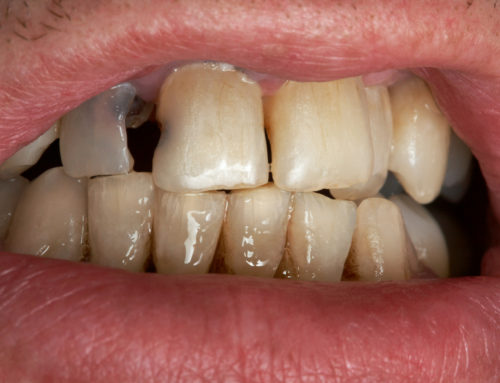Bright, evenly colored teeth can boost a person’s confidence and self-esteem. But having teeth with patchy white spots on them may not have the same effect.
Many people may observe a phenomenon where their teeth would have white spots on them. Some could have them at birth or notice them after removing their braces, while others feel that the spots appeared out of the blue.
What are these white spots on your teeth, and can dentists remove them? Keep reading to find out.
What Are the White Spots on Teeth Called?
The proper name for the white spots on people’s teeth is white spot lesions. They are white and chalky and lack the glossiness of the enamel around them.
Oftentimes, these spots appear as small halos at the end of orthodontic treatments. Most people who once had braces may be more familiar with white spot lesions than others.
What Causes White Spot on Teeth?
There are numerous things that can cause white spot lesions. Below are some of the most common causes:
Enamel Hypoplasia
Enamel hypoplasia is a tooth defect that may come from dental trauma, vitamin deficiencies, heredity, and preterm births. People whose mothers were given fluoride-heavy medication and drank overly fluoridated water while still in the womb may also observe white spots on their teeth at birth. Those with enamel hypoplasia have white spots because some areas of their teeth are naturally thinner than usual.
Fluorosis
Fluorosis occurs after ingesting fluoride in large quantities. Too much fluoride can discolor and decay teeth. People who have a habit of swallowing toothpaste and drinking overly fluoridated beverages are likely to have white spot lesions. Those who take too many fluoride supplements may also see white spots on their teeth.
Sugar-Rich and Acidic Diet
Aside from ingesting large amounts of fluoride, eating too much sweet and acidic food can cause white spots to form on the teeth. While highly acidic food can eat away at the tooth’s enamel layer, sugar-rich food produces acidic plaque that erodes enamel.
Plaque Buildup
Dental plaque is a sticky whitish or yellowish film of bacteria that forms when food, saliva, and fluids combine. The buildup of plaque is one of the most common causes of white spots on teeth. This is the usual culprit for the white halos that develop around dental braces that become noticeable after removal.
Demineralization
Demineralization is the weakening of the tooth’s outermost layer. You may take white spots caused by demineralization as an early sign of dental damage. White spot lesions form through the accumulation of plaque and bacteria that eat away at the tooth’s enamel.
What Treatments Are Available?
Dentists can easily treat white spot lesions caused by plaque accumulation through a simple cleaning. When the spots are neither caused by plaque nor demineralization, cosmetic dentists may bleach or perform microabrasion procedures to whiten and even out the color of the teeth. Dental professionals may need to perform in-office tooth remineralization procedures if demineralization is the root cause of the white spots.
Conclusion
The condition of a person’s teeth affects their confidence and how they face the world. Having spots on their teeth may prevent them from reaching their full potential.
Although many things can cause white spot lesions, from incidents that happened before birth to diets that demineralize the teeth, it is important to know that good oral hygiene can go a long way in terms of protecting a person’s teeth. It’s also comforting to know that cosmetic dentists are fully equipped to handle white spot lesions regardless of the root cause.
If you’re looking for some of the best dentists in West Hills, CA, who can help you say goodbye to dental white spots, look no further than Valley Circle Family Dental. We offer a wide array of cosmetic dentistry procedures that can bring out your best smile. Book an appointment today!






Leave A Comment